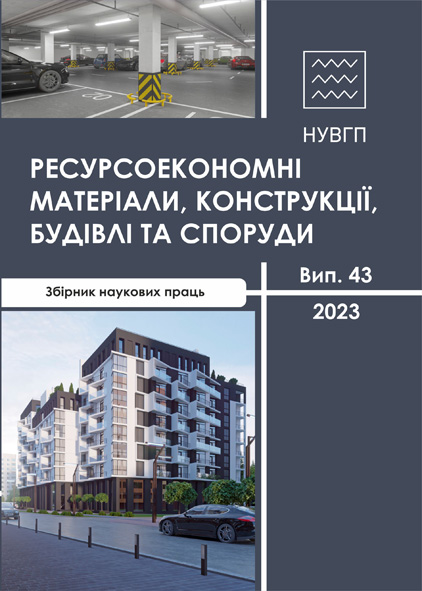MONTE CARLO METHODS IN THE TASKS OF ASSESSING THE RELIABILITY OF REINFORCED CONCRETE MEMBERS: A REVIEW
DOI:
https://doi.org/10.31713/budres.v0i43.31Abstract
Recently, the relevance of the optimization problem of design solutions of reinforced concrete (RC) structures through the maximum use of their bearing capacity resources has increased. In turn, solving this problem requires a fundamental understanding of the concepts of reliability and durability. Since any loads, impacts, and bearing capacity reserve (strength and deformability of materials, geometric dimensions, etc.) parameters are not deterministic (all of them are stochastic), there is a need to create probabilistic models (for example, for assessing the same reliability of RC members), which in the future can become the basis of the “reliability design” concept.
A statistical description of the stochastic parameters specified above is necessary for any research on the reliability (including non-failure, durability, and residual resource) of RC members and structures, which, in turn, leads to the use of various methods of failure probability calculations (and, accordingly, the use of different laws of the distribution of random variables).
Among other things, this article is dedicated to the analytical review of Monte Carlo methods in terms of their use in the tasks of assessing the reliability (including durability) of RC members. Moreover, these methods' main advantages and disadvantages are outlined according to generally accepted theories.
Additionally, based on a review of modern literature, formulated recommendations for further studies of the reliability and durability of RC members (including damaged ones) in operation under the conditions of the combined action of loads and an aggressive environment, using Monte Carlo methods.

